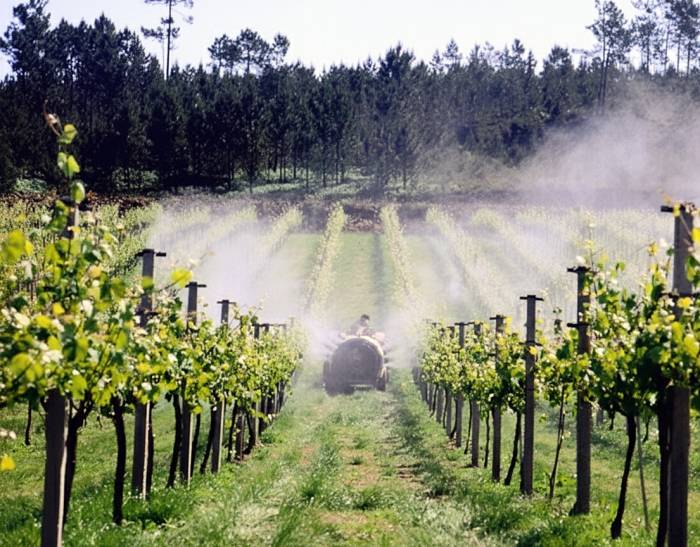Study Finds Elevated Pesticide Exposure for Residents Living Near French Vineyards
Research shows higher contamination in urine, dust, and air among those within 500 meters of treated fields, especially during spraying periods
2025-09-22

A recent study conducted by French public health authorities has found that people living near vineyards are more exposed to pesticides than those living farther away from agricultural areas. The PestiRiv study, led by Santé publique France and the French Agency for Food, Environmental and Occupational Health & Safety (Anses), measured the presence of 56 pesticide substances in the urine and hair of nearly 2,000 adults and over 700 children. Researchers also analyzed outdoor air, household dust, indoor air, and samples from home gardens.
The study took place between 2021 and 2022 across 265 sites in six major wine-producing regions: Grand Ouest, Bourgogne Franche-Comté, Auvergne Rhône-Alpes, Provence-Alpes-Côte d’Azur, Occitanie, and Nouvelle-Aquitaine. The research aimed to provide a comprehensive picture of pesticide exposure among residents living within 500 meters of vineyards compared to those living more than a kilometer away from any crop fields.
Results showed that people living close to vineyards had higher levels of pesticide residues in their bodies and homes. According to Clémence Fillol from Santé publique France, contamination levels in urine were up to 45% higher for those near vineyards. Dust samples showed more than a tenfold increase in pesticide residues, while ambient air measurements revealed concentrations up to twelve times higher than in areas far from crops. During periods when vineyards were being treated with pesticides, these numbers rose even further—urine contamination increased by as much as 60%, dust by over 700%, and air concentrations by up to forty-five times.
The study identified two main factors influencing exposure: the amount of pesticides used in nearby fields and the distance from those fields. Other factors such as how long windows were kept open or time spent outdoors also played a role but were less significant. Children aged three to six were found to have higher levels of pesticide residues than adults, likely because they spend more time on the ground and are more likely to put their hands in their mouths. Children under three were not included due to practical difficulties in collecting samples.
Researchers noted some limitations. They could not access precise data on which pesticides were used or in what quantities, so they had to reconstruct this information using complex methods. There were also too few vineyard workers participating in the study to draw conclusions about occupational exposure.
The PestiRiv study did not assess health outcomes or establish links between pesticide exposure and diseases such as cancer. Benoît Vallet, director general of Anses, emphasized that no direct connection was found between measured exposure levels and specific health effects. He also noted that other environmental factors like heavy metals or fine particles could influence health risks.
Despite these limitations, the agencies involved recommend reducing the use of pesticides as much as possible. They suggest informing residents before spraying so they can take precautions such as removing shoes indoors, cleaning floors regularly, and drying laundry inside during treatment periods. The agencies also called for ambitious implementation of France’s Ecophyto plan, which aims to halve pesticide use by 2030.
Environmental groups responded with concern. François Veillerette of Générations Futures said the findings confirm fears about pesticide exposure near vineyards and criticized what he described as a lack of urgency from authorities in advancing the Ecophyto plan. The group called for expanding no-spray buffer zones around vineyards—currently set at ten meters—and accelerating the transition to organic farming.
The National Committee of Wine Interprofessions (CNIV) highlighted improvements made by the wine sector over the past decade and urged pesticide manufacturers to continue developing safer products. The debate over pesticide use near residential areas remains active in France as both public health officials and industry representatives look for ways to balance agricultural productivity with community safety.
Founded in 2007, Vinetur® is a registered trademark of VGSC S.L. with a long history in the wine industry.
VGSC, S.L. with VAT number B70255591 is a spanish company legally registered in the Commercial Register of the city of Santiago de Compostela, with registration number: Bulletin 181, Reference 356049 in Volume 13, Page 107, Section 6, Sheet 45028, Entry 2.
Email: [email protected]
Headquarters and offices located in Vilagarcia de Arousa, Spain.